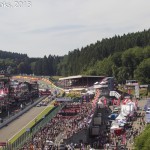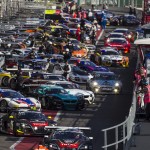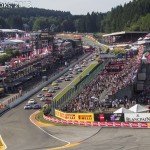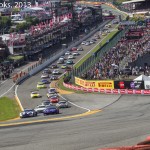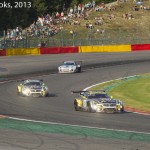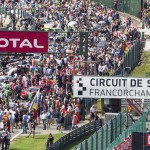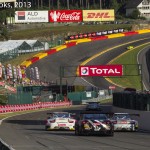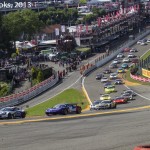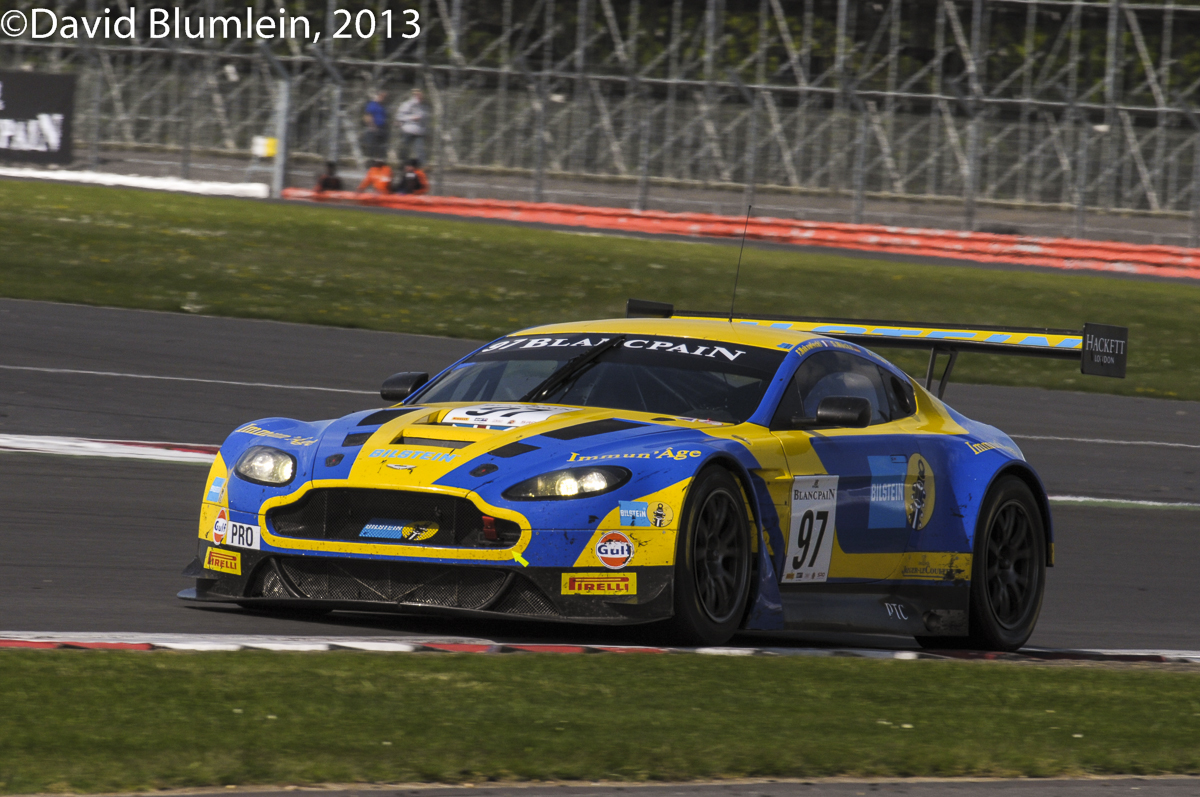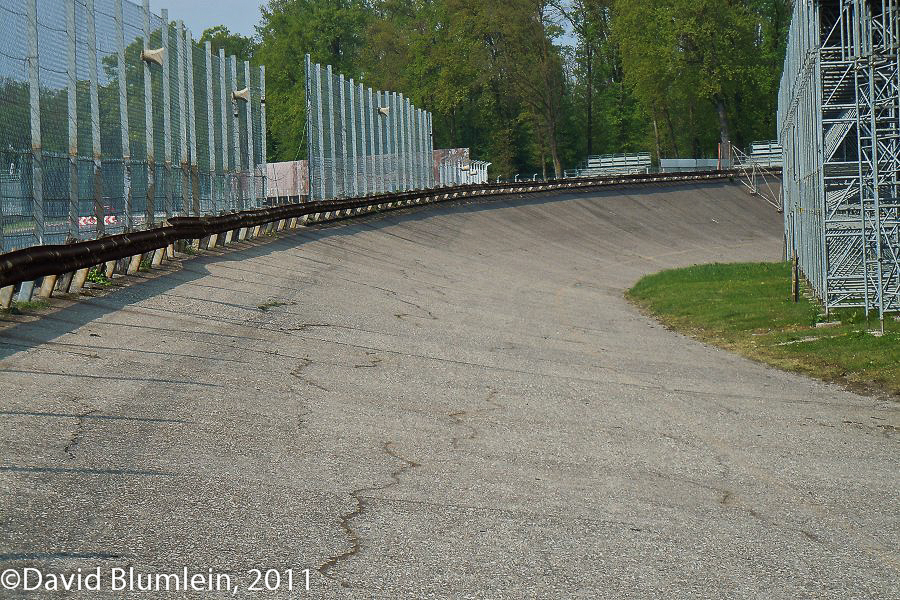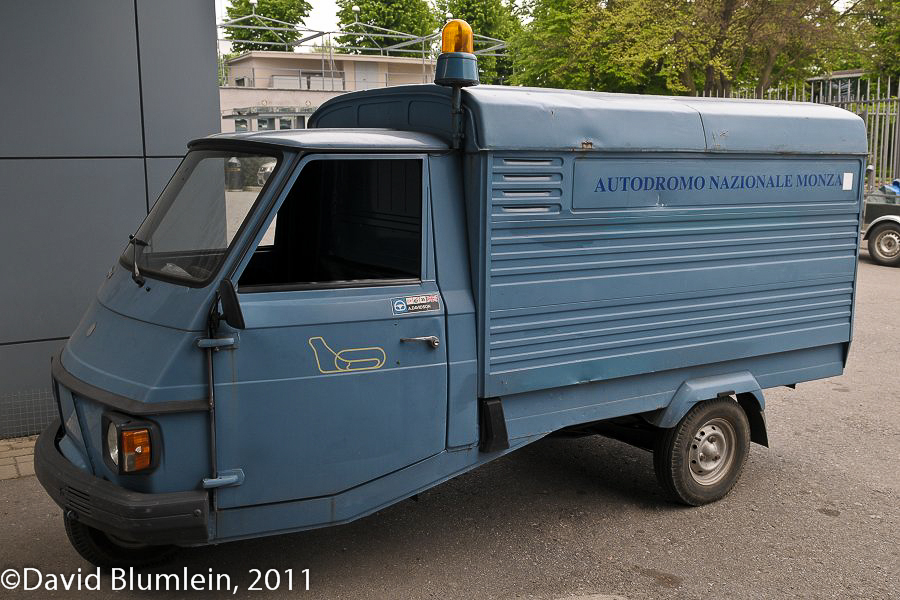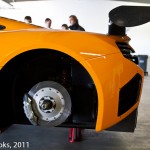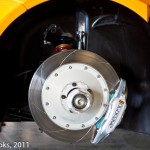The attention of the motor sport world was firmly fixed last weekend on the Iberian Peninsula, mostly it has to be said in Catalonia, where the F1 heroes were strutting their stuff.

Sound and Fury
However for some like me the story was unfolding some 300 miles’ drive to the west of Barcelona, in the wine country that surrounds the Circuito de Navarra. A newish circuit for a new formula, the Blancpain Endurance Series.

I Walk The Line
Stéphane Ratel, the charismatic El Jefe of SRO, has gone back to his roots this year with this new set of events. Four 3 Hour races to support the Spa 24 Hours, aimed firmly at a mix of professionals and gentlemen drivers, giving mucho bangs per bucks. Not a sprint event that resembles Banger Racing at Walthamstow, nor travelling halfway round the globe to spend the best part of a week out of the office, this formula works for those who work.

Thundering Herd
Those of with long memories, or in my case, still with some memory, can see a distinct resemblance of the BES to the fabled BPR, oh, we love our acronyms in motor sport. BPR (the initials of Jürgen Barth, Patrick Peter and Stéphane Ratel) was a major part of the revival of endurance sportscar racing in the mid-90s after the destruction of Group C.

Hot Stuff
The BPR Global Endurance Series grew rapidly, helped in part by the format of 4 Hour races and rules that encouraged the inclusion of the talented and the monied in equal measure. It was also boosted by the debut of the legendary McLaren F1 GTR, that took the fight to the Ferrari F40 and others. At the high water mark, Silverstone 1996, the series could boast 54 starters and 11 marques (McLaren, Lotus, Ferrari, Porsche, Marcos, Callaway, Venturi, TVR, Jaguar, Vertigo and Morgan).

Green Light Racing
The Blancpain Endurance Series kicked off at Monza last month with 33 cars taking the start, a respectable number. More importantly the grid of GT3 and GT4 machines were all high quality, no one lap, start-money specials. With the prospect of McLaren returning to the GT arena plus the SLS Mercedes on the horizon, things are looking very promising for the new kids on the block.

Leap of Faith
In fact the GT3 McLaren was scheduled to make its race debut in Spain but though the CRS team were in Navarra testing during the preceeding week (or so I was told) the MP4-12C GT3 (just trips off the tongue) had left the track before I arrived on Saturday. BES will have to wait till Spa before Woking’s finest graces the series. Despite that, and the absence of the Benz, the level of the entry was still good.

30 cars took the start, should have been 31, but the Gentle Swiss Racing Maserati MC Granturismo GT4 had a problem after qualifying and was withdrawn. Ferrari, Porsche, Lamborghini, Aston Martin, Audi, Ford, BMW, Lotus, Nissan, Ginetta were the brands on display, all very promising for the future.

Numero Uno
Never mind about the future, the present is what we are concerned with now. On Sunday we were treated to a pretty good contest, with the WRT Audi pair scrapping with Monza victors, the AutOrlando Porsche and the #1 Vita4one Ferrari.

In the end Micheal Bartels took up in the Blancpain Endurance Series where he had left off in the FIA GT1 World Championship, on the top step. Joining the veteran were youngsters Frank Kechele and Nico Verdonck, the team looked sharp as one might expect, they will be hard to beat over a season.

R8 Mate
Second was the Audi R8 of Stéphane Ortelli, Bert Longin and Felipe Albuquerqe with the Italian Porsche, hampered by transmission problems, taking third.

Lotus Position
GT4 honours went again to the Lotus, this time to the Evora GT4 of Lotus Driving Academy with Lorenz Frey, Rolf Maritz and Fredy Barth on driving duties.

Italian Hustle
Navarra is an impressive track, surrounded by vineyards and bodegas, nestling under the shadow of the Pyrenees. The circuit facilities are modern and the place has a brisk efficiency about it. Perhaps the only drawback is the location, it is by European standards the middle of nowhere, a five hour slog from Barcelona. Still as Lawrence might have said,
“Aqaba is over there. It’s just a matter of going.”

Class of ’98
One familiar face at Navarra was the Circuit Director, Michel Ligonnet. Michel was pretty handy racer in his time, winning the GT class at the inaugural Petit Le Mans back in 1998. It was good to catch up with him once again.

Rhino Charge
It is clear that Stéphane Ratel is on to a winner with the Blancpain Endurance Series but the benefits will be enjoyed by all those who like GT Racing, if you get to the Spa 24 Hours or the remaining rounds at Magny Cours and Silverstone you should.
John Brooks, May 2011
-

-

-
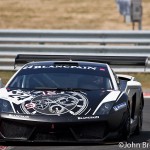
-

-

-

-

-

-

-

-
R8 Mate
-

-
I Walk The Line
-

-

-
Sound and Fury
-

-

-

-

-

-

-

-

-

-

-

-

-

-
Italian Hustle
-

-

-

-

-

-

-

-

-

-

-

-

-

-

-

-
Rhino Charge
-

-
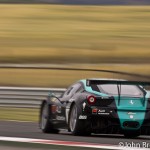
-
Numero Uno
-

-

-

-
Pit Pass
-

-

-

-

-
Class of ’98
-

-

-

-

-
Lotus Position
-

-
Green Light Racing
-

-
Thundering Herd
-

-
Leap of Faith
-

-

-

-

-
Hot Stuff
-

-

-

-

-

-

-

-

-

-

-

-

-

-

-

-

-

-

-
















